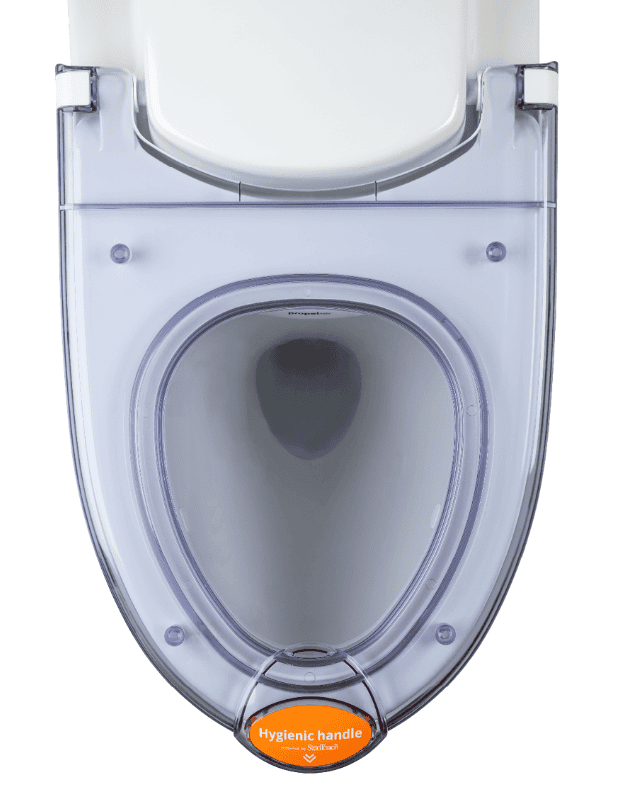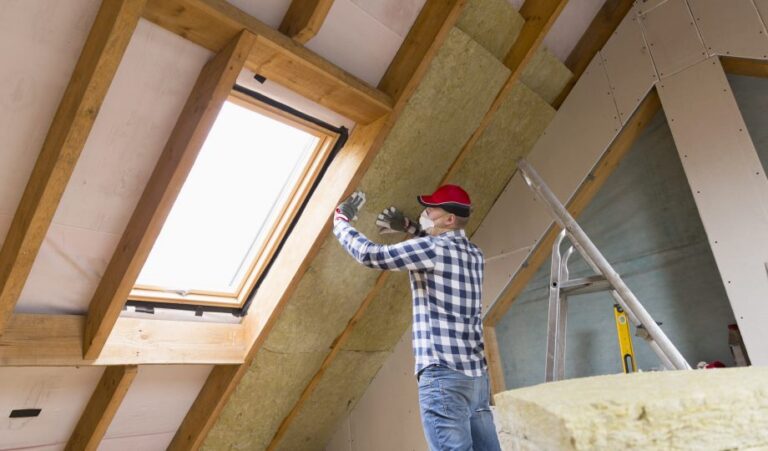Health, Wellbeing and Social Value
UKGBC believes that a sustainable built environment must help and support people and communities to thrive.
People are at the heart of our buildings, communities, cities and infrastructure. Ensuring the places that our members design, build, own and manage, deliver social value improvements and support environmental, economic and social well-being is vital.
Health, Wellbeing and Social Value in the built environment
In the context of the built environment, social value is created when buildings, places and infrastructure support, enhance the quality of life of the people who live, work, play and learn there. Exactly which environmental, economic, and social outcomes create social value will depend on the local circumstances, and what will best help and support the people most impacted by the development or regeneration project.
The physical characteristics of our built environment can directly affect people’s health and well-being. Good quality housing, along with access to things like parks, green space or recreational facilities can have strong and direct positive impacts on both our physical and mental health. Conversely, poorly heated and ventilated homes, or high air pollution caused by transport emissions in built-up areas, can negatively affect people’s health.
Understanding the links between how our built environment is planned, designed and delivered, and people’s quality of life and sense of well-being is becoming increasingly important, especially as we drive toward a just and equitable transition – which should leave no one behind.

What is UKGBC doing for Health, Wellbeing and Social Value?
UKGBC’s Social Value Programme has worked hard to clarify the principles and processes behind defining and delivering social value in projects and places. We are committed to promoting sustainable and inclusive built assets that prioritise health, well-being and social value and we continue to work with our members, partners and wider stakeholders to drive policies and standards that support this goal.
UKGBC has published a range of guidance aimed at helping the built environment sector identify a definition of social value that focus on the impact buildings, infrastructure and places have on people and the communities they live in. This led to the creation of a step-by-step process for delivering social value that can be applied to any built environment project of any scale, from a single home, office or shop to an entire town regeneration scheme.
Our ongoing work on climate change mitigation and nature and resilience is grounded in driving a just and equitable transition, supporting job and growth opportunities and the health and well-being of UK society at large. Particularly, this is seen in our work on domestic retrofit which aims to address the cost of living crisis, and epidemic of unhealthy homes across the UK, whilst also tackling the climate emergency.
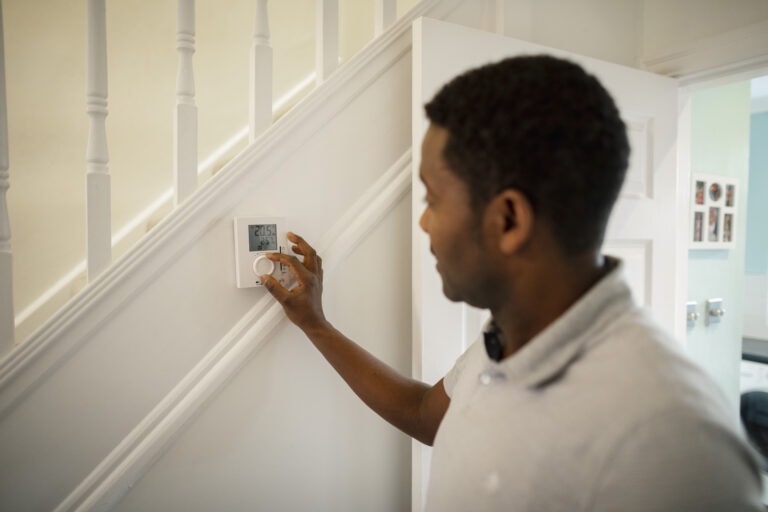
Events & Learning opportunities
Social Value in the Built Environment (London)

Social Value in the Built Environment (Manchester)

Social Value in the Built Environment

Social Value in the Built Environment

Blogs
Why is social value so crucial when developing and managing commercial real estate?

The “healthy” built environment – balancing wellbeing, comfort and sustainability.

Addressing fuel poverty with data-driven retrofits

How the urban heat island effect makes cities vulnerable to climate change
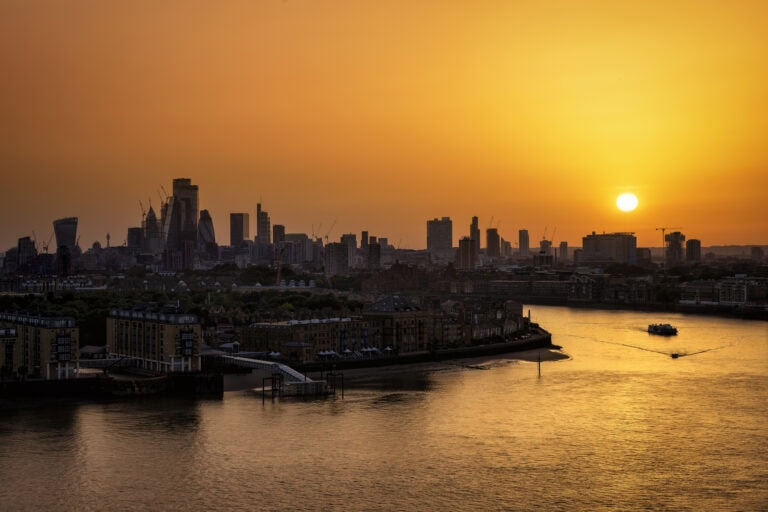
Discover health & wellbeing
UKGBC has a long history of working on Health & Wellbeing, as far back as 2014 we launched the Health, Wellbeing and Productivity in offices with the World Green Building Council. Since then, we’ve continued to explore through reports, events and labs the role our built environment has to play in our communities physical and mental wellbeing.
Health and Wellbeing in Homes

Health, Wellbeing and Productivity in Offices: The next chapter for green building

Health, Wellbeing and Productivity in Retail

Healthy Housebuilding

All Health, Wellbeing and Social Value Resources
Filter
Community led approach to building affordable housing on micro-sites

Pall Mall

Tempo

Coal House

Minerva House
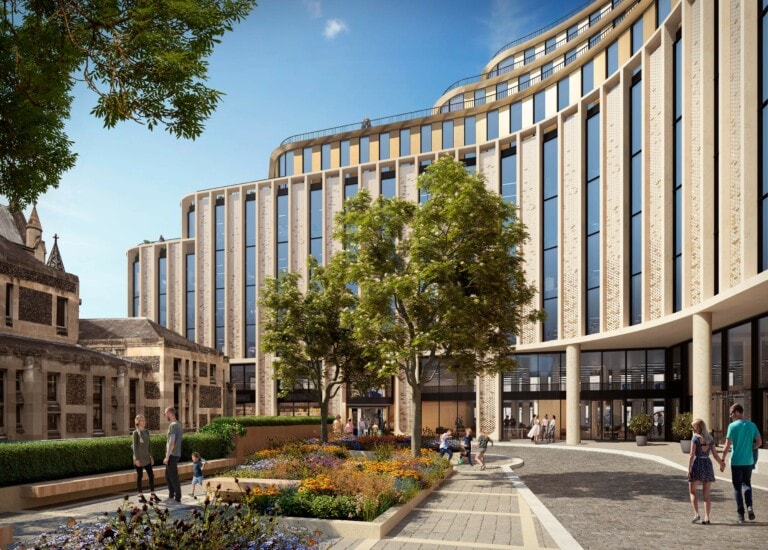
1 & 2 Stephen Street
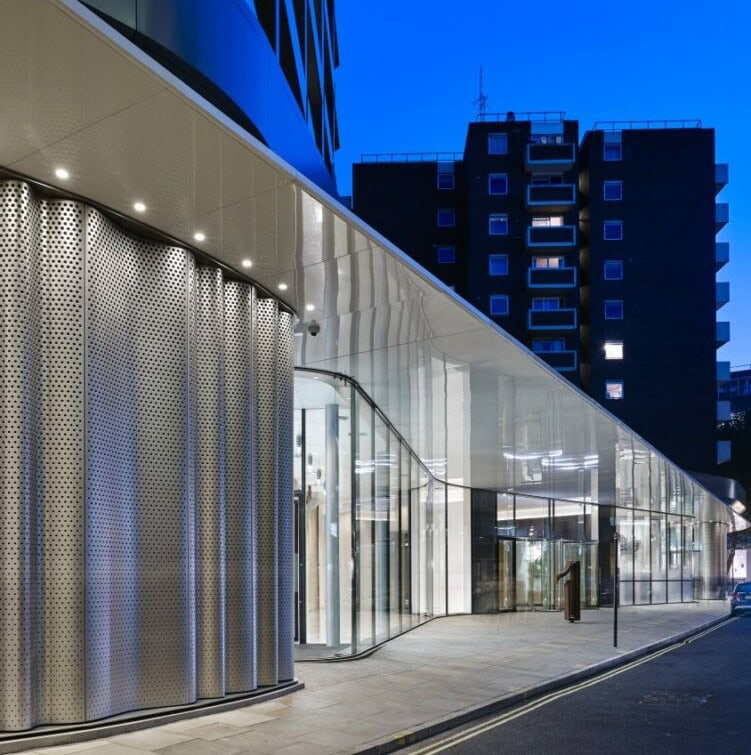
5 New Street Square
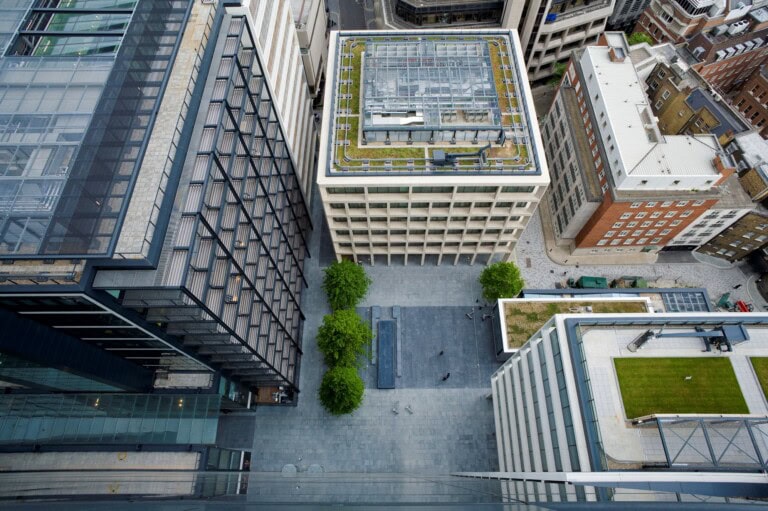
In-depth property- or location-specific data

Trends in Sustainable Solutions for the Built Environment – Reflecting on 2023

Structured data on building performance

20 Water Street
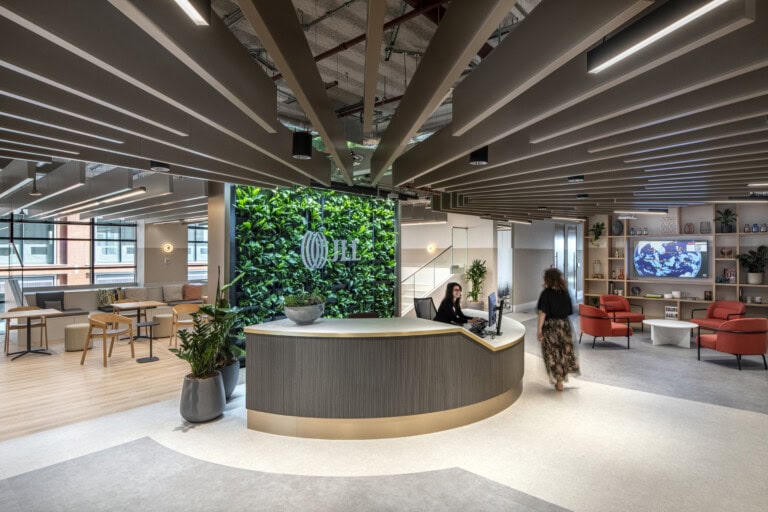
System using air to flush toilets
